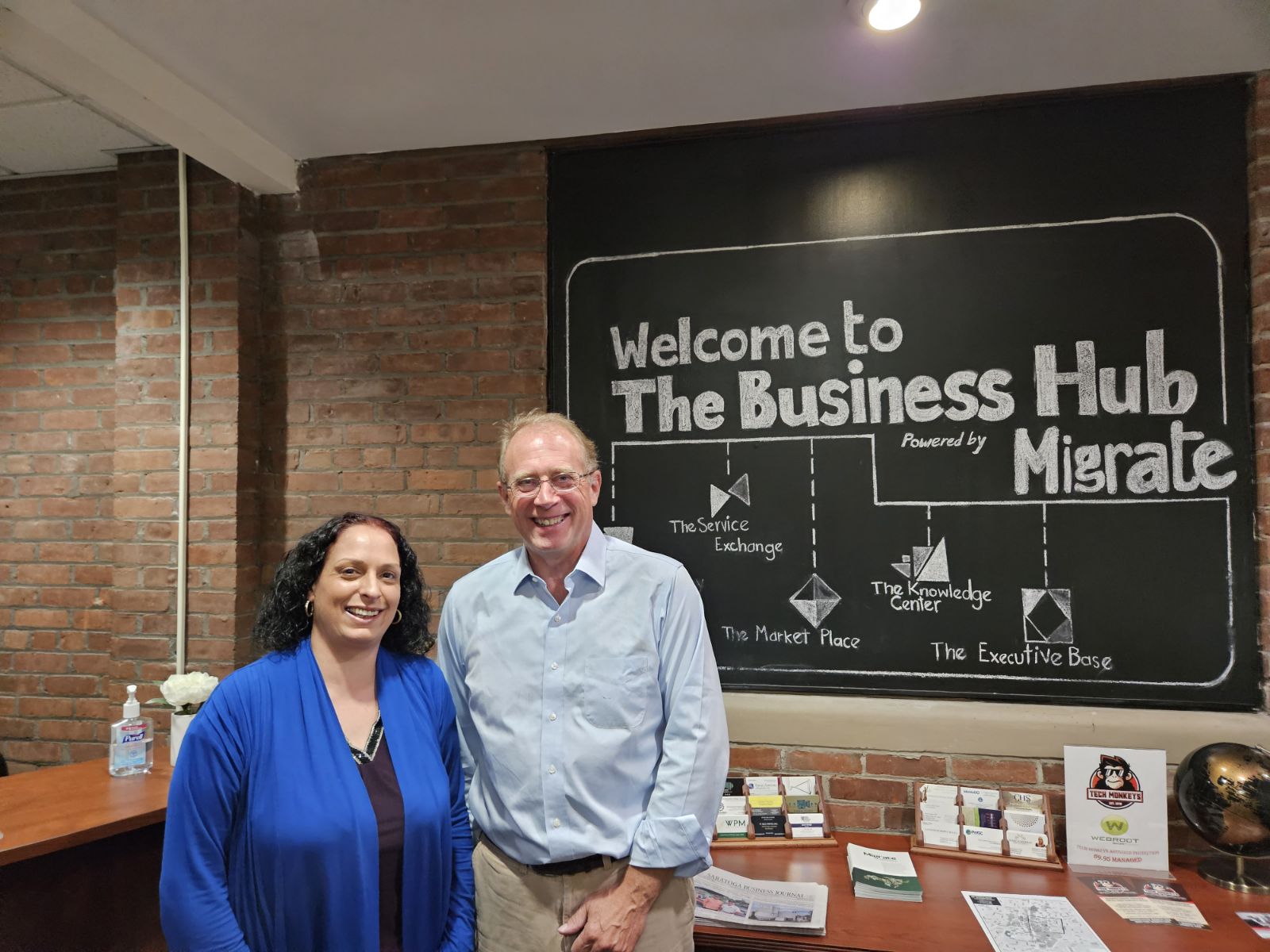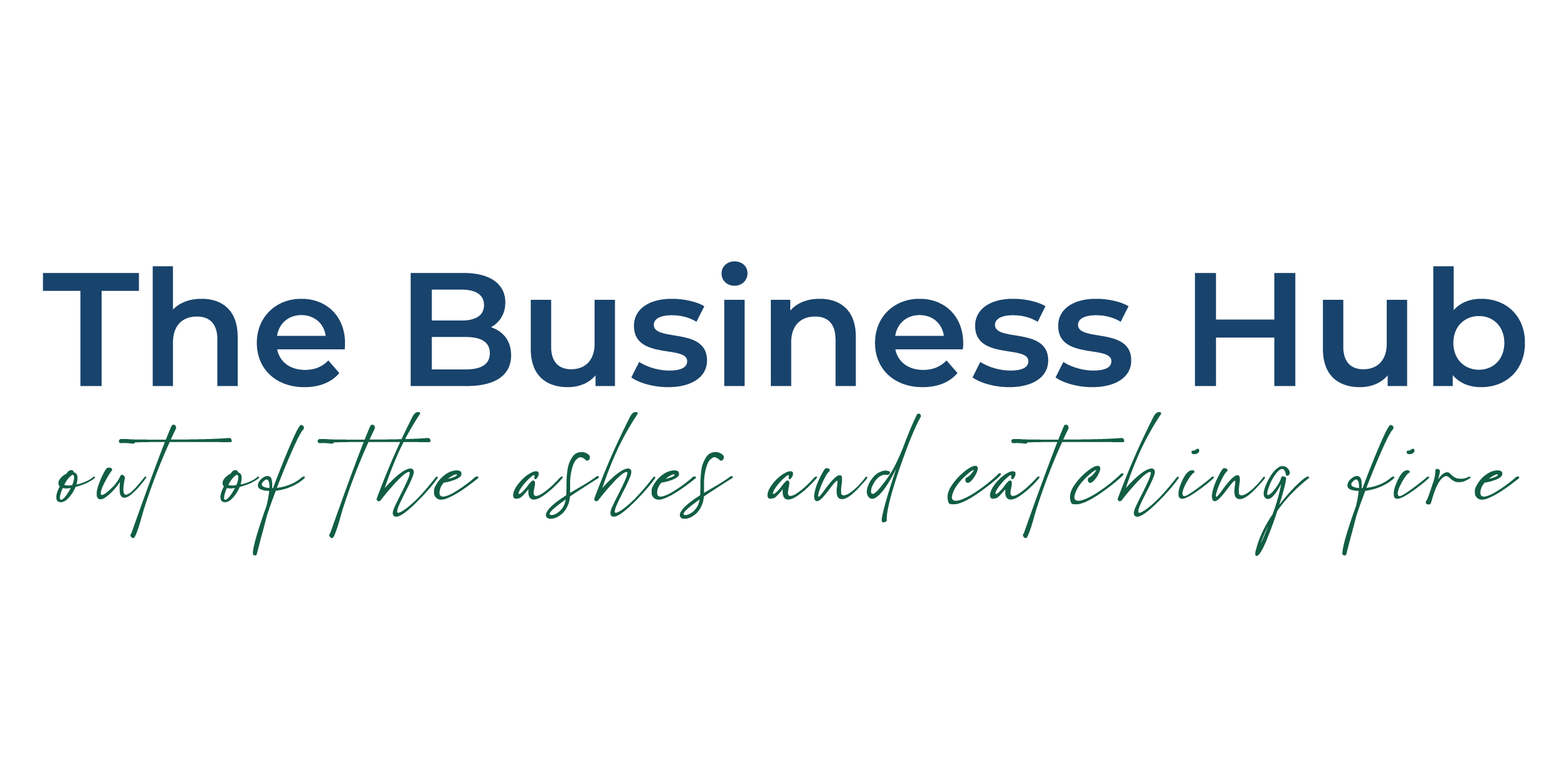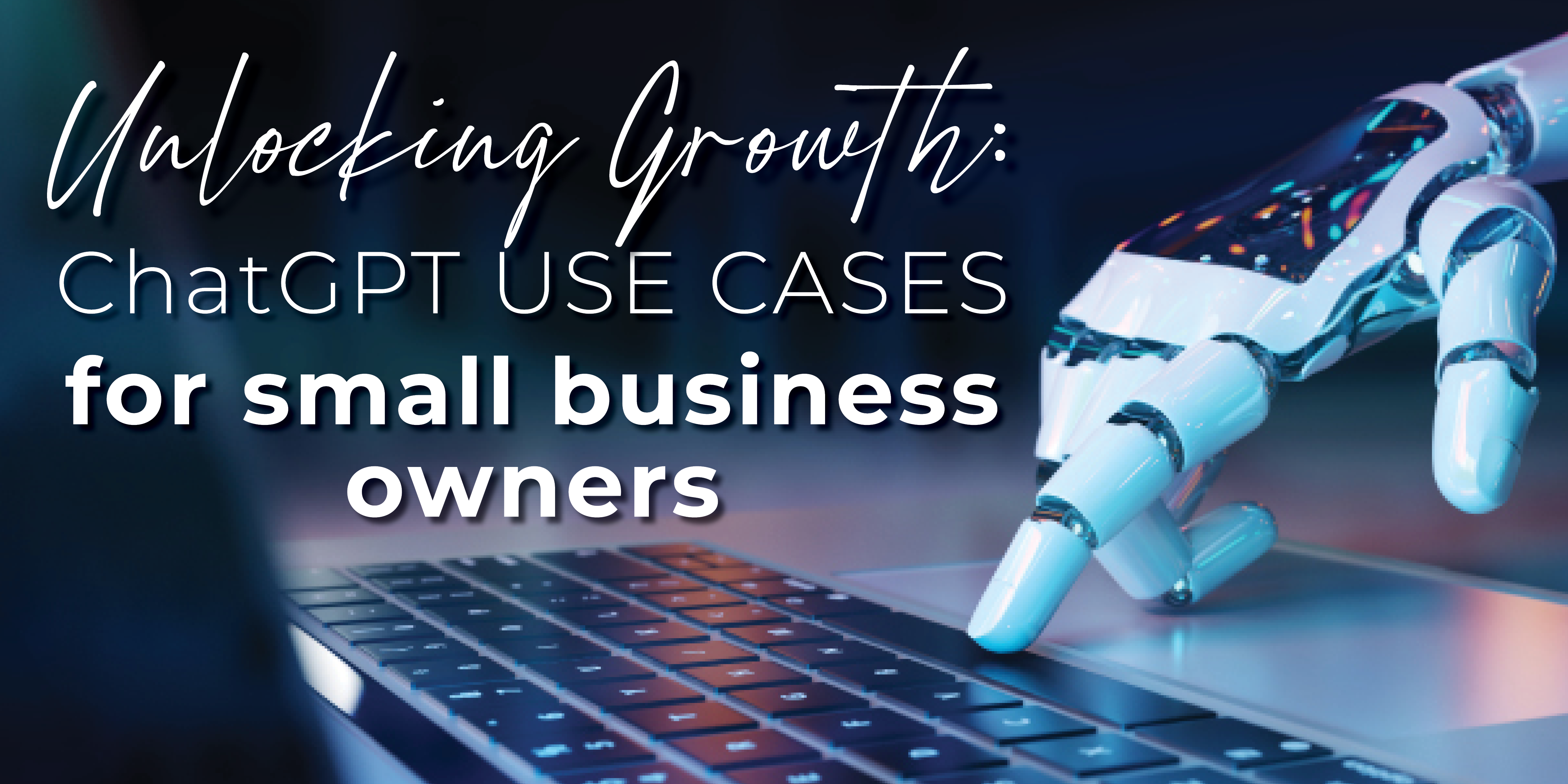Navigating the Path to Small Business Acquisition



written by Matthew Wagoner
In our previous article, we discussed the benefits of purchasing or selling a small business. This quarter, we’re going to begin outlining the initial steps in the acquisition process.
DEFINING YOUR OBJECTIVES
First, it’s important to envision what success looks like. This involves not just determining the type of business and its location, but also understanding the financial metrics that will ensure the business can meet your financial obligations and personal income needs. Key among these metrics are Seller's Discretionary Earnings (SDE) and cash flow.
SDE is a measure of a business's earnings before interest, taxes, depreciation, amortization, and owner's compensation are subtracted. It provides a clear picture of a small business's profitability and overall financial health. Understanding your target purchase’s SDE will provide an essential perspective on its profitability and the lifestyle it can support.
Cash flow refers to the money flowing into and out of your business each month. While it might seem similar to profit, the two are distinct. A business can be profitable but still experience negative cash flow if incoming and outgoing payments aren't synchronized. For instance, if customers are slow to pay their invoices, cash flow can be impacted, even if the company is making a profit. If your personal financial requirements dictate a certain level of income from the business, you'll need to ensure that the company's free cash flow can support that level.
Clearly articulated search terms will guide your process, helping you find a business that meets your needs and sets you on the path toward successful entrepreneurship.
ASSEMBLE A TEAM
Once your objective is defined, the next step is to assemble a team of professionals to support you throughout the process. Their expertise and insights can be indispensable in avoiding pitfalls and ensuring a smooth transaction. The team typically consists of an accountant, a business broker, a banker and an attorney
From the financial corner, an accountant is a crucial team member. They can help you review financial statements, understand the company's financial health, and assess its worth. They'll spot any money-related issues that may arise and make sure you're making a sound investment. Accountants can also guide you on important tax implications and assist with a quality of earnings report and/or business valuation.
A business broker plays the critical role of matchmaker. The broker can help identify potential businesses for sale, provide insights about the market, assist with negotiations, and facilitate communications between you and the seller. A seasoned broker, who has worked on both the buyer's and seller's side in many deals, will understand the perspectives of all parties involved and can be instrumental in ensuring the transaction progresses smoothly.
Having a strong relationship with a bank or financial representative will allow you to fully understand your ability to purchase a business before heading down the path of entrepreneurship. A good business banker will understand what size deal you are able to complete and help you execute when the time comes to close on a deal. They should also be well versed in lending options, such as small business administration loans that are available to purchasers
Lastly, an experienced attorney is a pivotal asset in the buying process by providing legal and strategic guidance. They’ll also help you navigate the initial negotiations as well as final contract language and advocate for favorable or market terms. They can ensure compliance to the maze of laws and regulations that can vary widely by location, and handle vital legal documents like employment and customer agreements. Having an experienced business attorney familiar with your region’s legal landscape is critical to a successful transaction
Choosing the right team can significantly influence your success. Look for professionals who are not only well-versed in their respective fields but also have extensive experience with small to mid-size business transactions. They should be familiar with the dynamics of the small business community and have a proven track record of working on deals similar to what you envision. This team will be your support network, helping you navigate the complex journey of buying a small business.
THE LETTER OF INTENT
Having your team assembled before finalizing the Letter of Intent (LOI) is crucial. The LOI, while usually non-binding, is an essential document as it outlines the basic terms agreed upon by both parties, like the purchase price, payment structure (e.g., lump sum, partial payment with an earnout, etc.), and due diligence process.
An experienced accountant will ensure the financial arrangements can be supported by the company’s historic financials. They can help determine whether the proposed price and payment structure align with the business's financial performance and your financial objectives.
"This team will be your support network, helping you navigate the complex journey of buying a small business."
For a buyer, a business broker can be particularly helpful during the negotiation of the LOI. Given their knowledge of market trends, and comparable transactions, they can advise on whether the proposed terms are reasonable and competitive. The broker can also facilitate communications between you and the seller during this process, ensuring that discussions remain productive and focused.
A seasoned attorney will ensure the LOI contains market terms, necessary legal clauses like confidentiality and exclusivity, and does not have any “gotcha” terms. They should also advocate for you and identify and advise about identifiable risks. Ensuring the LOI is done correctly also protects from re-trading positions later, which can hurt the relationship between the buyer and seller. This relationship is important because there is often collaborative work that takes place among them before and after the closing.
CLOSING THOUGHTS
Buying a small business is a complex process that requires careful planning and execution. In the early stages, one of the most important things you can do is to define your objectives and assemble a team of professionals to support you. By clearly articulating what you want to achieve and having the right people with the right experience in your corner, you can greatly increase your chances of success.
In next quarter’s article, we’ll get further into the details of what sellers should do to be in the best position possible to sell their business on their terms
Attorney Advertising: Prior results do not guarantee future outcomes.
Read more: Navigating the Path to Small Business Acquisition













